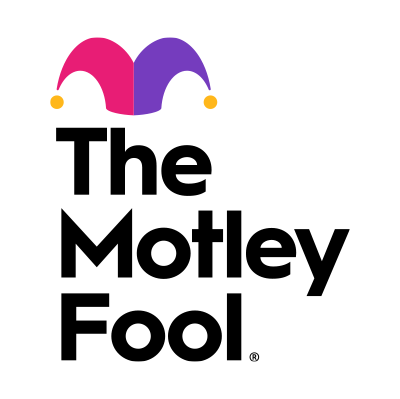
Many employees know that if their employer has a 401(k) plan, they can often borrow money against their 401(k) account balance and repay it over time. The idea of borrowing and repaying yourself can be very compelling, but not all employer retirement plans offer that flexibility. Specifically, Simple IRAs aren’t as complex as 401(k) plans, and they don’t have provisions that technically allow for loans. Therefore, when you “borrow” from your Simple IRA account, there are severe consequences that can damage your retirement planning.
When a loan is not a loan
Lawmakers deliberately made it hard to get access to your retirement account money. Even with qualified plans like 401(k) plans, loans are subject to strict requirements. With Simple IRAs, loans are strictly defined as prohibited transactions. Technically speaking, if you do a prohibited transaction, then you risk terminated the tax-exempt nature of the Simple IRA and could make the entire balance immediately taxable.
What you can do is take a distribution from your Simple IRA. Employers aren’t allowed to restrict your ability to withdraw from a Simple IRA, and there’s no requirement to wait until you no longer work for your employer in order to do so.
Taking distributions from your Simple IRA comes with its own costs. Distributions are included in your taxable income in the year in which you take them. Unless an exception exists, those under age 59 1/2 also have to pay a 10% penalty for early withdrawal from the retirement account. That penalty rises to 25% if you take money out of the Simple IRA within the first two years of the account’s existence.
Finally, the other big problem with taking distributions is that you generally can’t put the money back into your retirement account later. Even if you have cash later on, you lose the benefit of having tax-deferred treatment within the Simple IRA. That can cost you thousands of dollars in lost profits because of the unavailability of the Simple IRA’s tax benefits.
How to (more or less) get a short-term loan
There is one exception to the rule about putting money back into a Simple IRA. To do so, you must qualify for what are known as rollover provisions.
Here’s how it works: if you take money out of a Simple IRA but replace it within a 60-day period, then it isn’t treated as a distribution, and no tax or penalties are due. After you’ve had the Simple IRA for two years, you can also redeposit the money in a different IRA (there are several types of IRAs) and still qualify for rollover treatment.
The key, though, is that you only have 60 days. Moreover, you can only do one such rollover in a 12-month period.
For the most part, borrowing from a Simple IRA isn’t a good idea. Only if the short-term nature of the rollover fits your situation is it worth looking into further.
This article is part of The Motley Fool’s Knowledge Center, which was created based on the collected wisdom of a fantastic community of investors. We’d love to hear your questions, thoughts, and opinions on the Knowledge Center in general or this page in particular. Your input will help us help the world invest, better! Email us at knowledgecenter@fool.com. Thanks — and Fool on!
